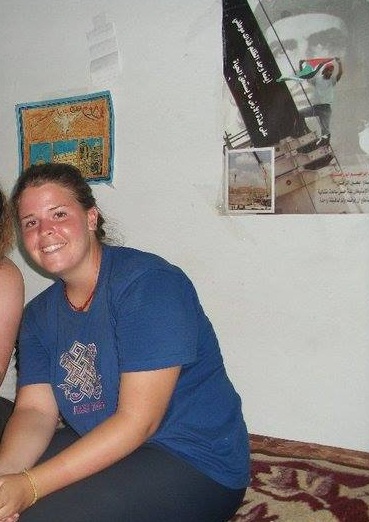Tag: International law
-
Total impunity to mess with lives
14th February 2017 | International Solidarity Movement, al-Khalil team | Hebron, occupied Palestine Israeli forces, again, or rather still, are using their impunity as occupiers to humiliate, harass and intimidate Palestinians and internationals crossing Shuhada checkpoint in occupied al-Khalil (Hebron). The Israeli forces at this checkpoint sit behind bullet proof glass in a closed checkpoint-box, that nobody…
-
ISM Honors Kayla Mueller
10th Febreury 2017 | International Solidarity Movement, occupied Palestine Two years ago, on February 10, 2015, it was confirmed by her family, that former ISMer Kayla Mueller had been killed in Syria, while being held captive by Da’esh (ISIS). Today therefore, ISM honors her memory. Kayla Mueller, originally from Prescott, Arizona, volunteered with the International…
-
#DismantleTheGhetto: start of campaign in al-Khalil
10th February 2017 | International Solidarity Movement, al-Khalil team | Hebron, occupied Palestine Israeli forces and colonial settlers on Thursday, 9th February 2017, disrupted a peaceful protest near Qurtuba school on Shuhada Street in occupied al-Khalil (Hebron). Settlers attacked and injured one female student, and prevented Palestinian teachers and students from leaving the area. The…



